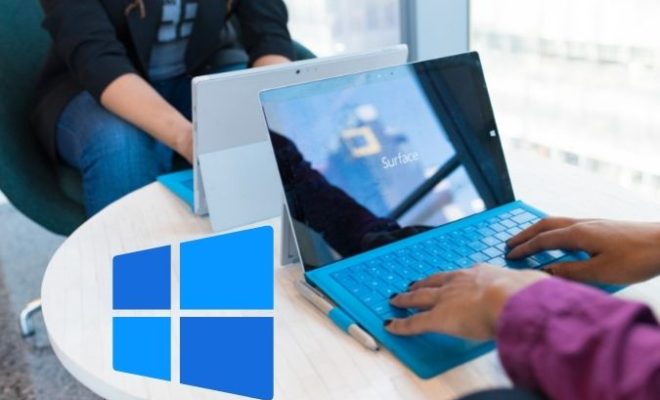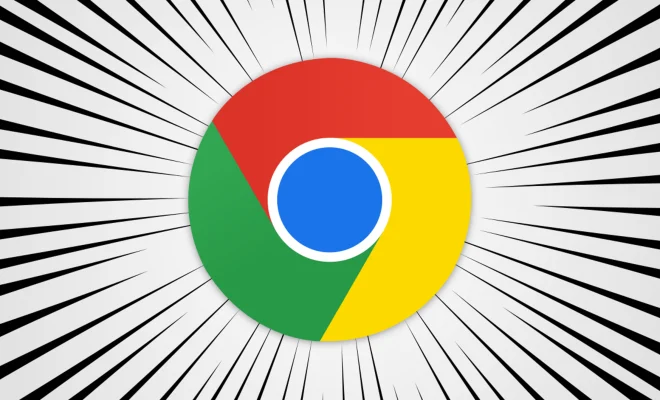How to Fix DLL Not Found or Missing Errors

Dynamic Link Library (DLL) files are essential components required by several applications to function properly on your computer. Sometimes, you may encounter an error message that reads “DLL not found or missing.” This means that the application you’re trying to launch cannot locate a specific DLL file it needs. This can be frustrating, especially when you need to use the application urgently. In this article, we will explore quick solutions to fix DLL not found or missing errors.
- Restart your Computer
Sometimes a software issue can cause a DLL error to appear. Restarting your computer may solve the problem, and it’s the quickest solution to try first.
- Reinstall the Application
If you encounter a DLL missing error while launching a particular application, you may need to reinstall the application. Uninstall the application, restart your computer, and then reinstall the application from the official source to ensure you get the latest version.
- Update Your Windows
Keeping your Windows operating system up-to-date is essential, as it ensures that you have the latest features, security patches, and enhancements.
To update your Windows, click on the Start button, go to “Settings,” select “Update & Security,” and click on “Check for updates.”
- Run a Virus or Malware Scan
Sometimes a DLL error can occur due to a virus or malware infection. Run a full virus and malware scan on your computer using an updated antivirus or malware scanner.
- Manually Register the DLL File
If the above solutions do not solve the problem, you might need to manually register the DLL file in your Windows operating system.
To manually register a DLL file, follow these steps:
– Click on the Start button and type “cmd” in the search bar.
– Right-click on “Command Prompt” and choose “Run as administrator.”
– Type “regsvr32 [dll_filename].dll” (without quotes) and press Enter.
– Replace [dll_filename] with the name of the DLL file that caused the error.
Note: Make sure to type the filename correctly and add the “.dll” extension.
- Use a DLL Fixer Tool
If you’re not comfortable with manually registering the DLL file, you can try a DLL fixer tool. These tools are designed to scan your computer for missing, corrupted, or outdated DLL files and automatically fix them.
There are many DLL fixer tools available, both free and paid versions. Some popular DLL fixer tools include CCleaner, DLL-Files Fixer, and DLL Tool.
Conclusion
DLL errors are common, and they can be frustrating. However, the good news is that they are easy to fix with the steps outlined above. If the above solutions do not solve the issue, you may need to seek technical support from the application developer or a professional technician. Remember, it’s essential to back up your important files before attempting any troubleshooting steps to avoid losing data.






